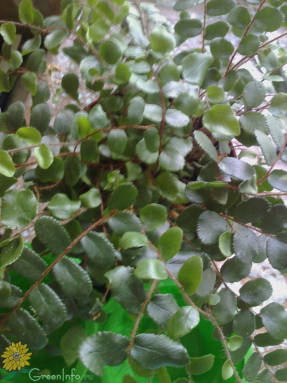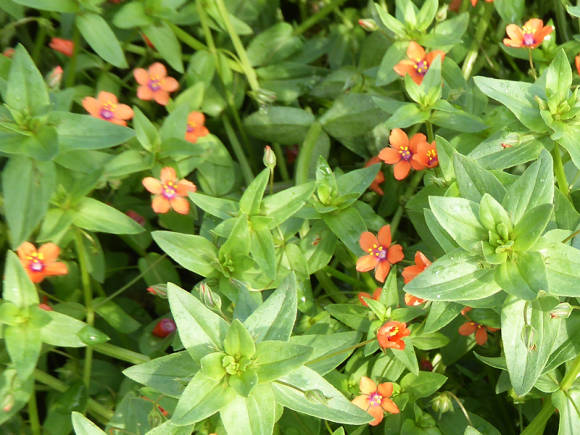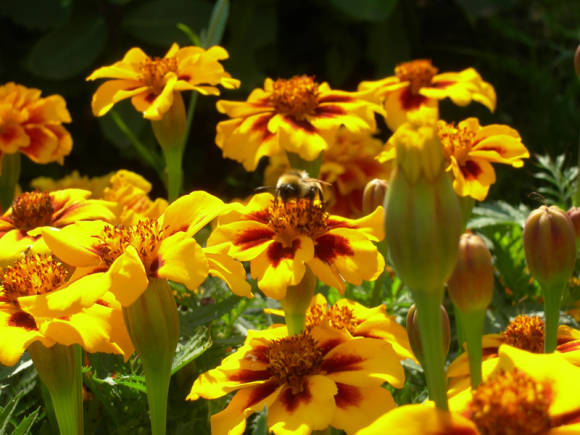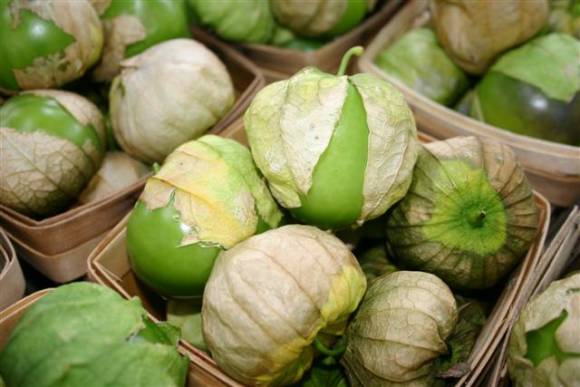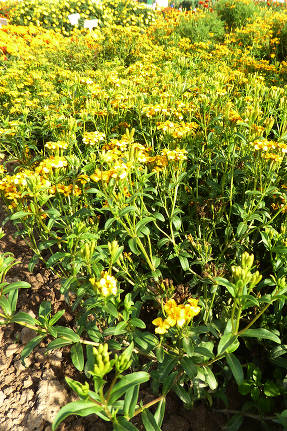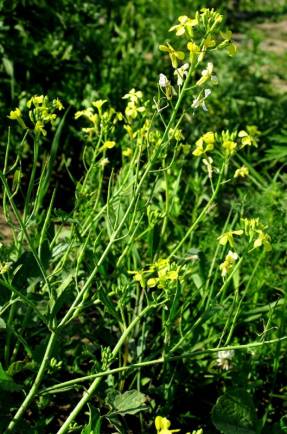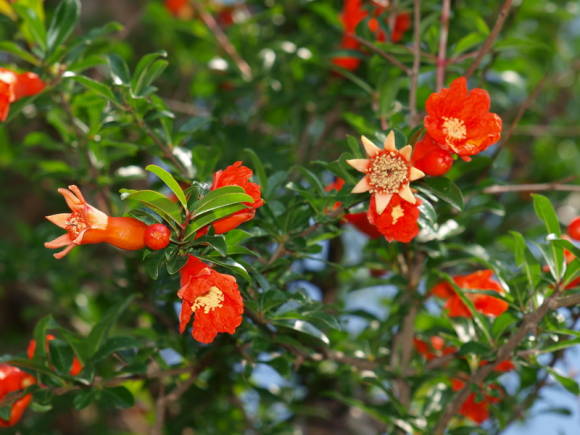
Melotria rough (Melothria scabra) - one of the many species of the genus melotria (pumpkin family), widespread in the tropics. It is still very little widespread among gardeners.

This annual herb develops lashes up to 3 meters long. The leaves are triangular in shape, pointed, softly rough. It blooms with bright yellow funnel-shaped, dioecious flowers. The flowers are arranged in a very original way: the female flowers are singly, and the male flowers are collected in axillary bundles.
Melotria grows very quickly and, with its rough antennae, easily attaches to various supports and completely braids them, suppressing all kinds of weeds. Moreover, its lateral shoots take root very quickly.
Melotria is very productive, and an ovary forms at each node on the plant. Its fruits are small (2-3 cm long), light green, with a dense skin, edible, with an original sour taste, reminiscent of the taste of fresh cucumber. They are tastier when very small and still almost seedless.
These fruits can be eaten raw, added to salads, they are also good in salting. Pickled fruits acquire a special taste, especially if you add a little pepper to the marinade.
Plants are thermophilic, require enough light, prefer fertile and light-textured soil, love watering, but they do not tolerate excess moisture.
Melotria is sown for seedlings from the first days of May to the beginning of the third decade, depending on where you will then plant it. Seedlings are planted in a permanent place at the age of 25-30 days.
It is better to arrange beds for its cultivation on the south side of buildings or fences. Seedlings are planted on them every 30–35 cm in a row and a vertical trellis is immediately installed along the bed.
Plant care is the same as for cucumbers. It consists in irrigation with warm water, top dressing and loosening. If you grow melotria for landscaping, then at the beginning of growth, the plants must be fed with nitrogen fertilizers, this will immediately cause a lush growth of greenery.
 |  |
And if you grow it for the sake of fruit, then in the flowering phase it is necessary to add 1 tbsp per 1 sq. spoon of nitrophoska, and at the beginning and at the end of July, 1 teaspoon of phosphorus and potassium fertilizers. If during the growing season the soil becomes compacted, then it is necessary to carefully carry out several loosening, but so as not to damage the roots.

In addition to fruits, melotria also forms tubers weighing up to 300 g, resembling sweet potato tubers in size and shape. They are not stored at all and should be used immediately after they are dug up.
They taste like cucumber and radish at the same time, they can be used in salads. With good care, up to 3-4 kg of fruits and up to 1 kg of tubers can be harvested from one plant.
Melotria can be successfully used on the site and as a decorative culture. At the same time, she looks exceptionally beautiful, and her elegant greenery remains green until the very frost.
Melotria has another very large and important advantage - in comparison with all of its many "relatives", the plant is very resistant to pests and is practically not affected by diseases.
